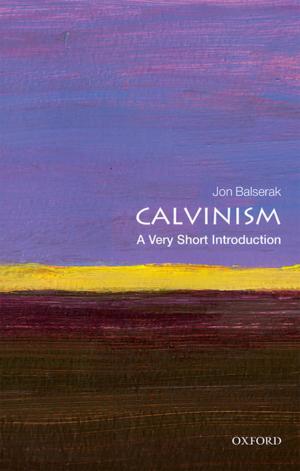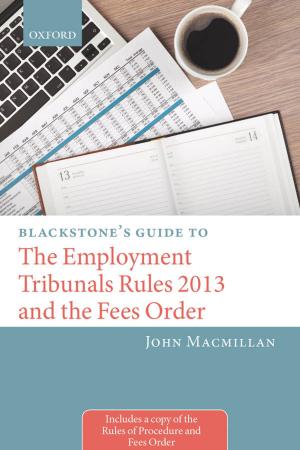Enchantment and Creed in the Hymns of Ambrose of Milan
Nonfiction, Religion & Spirituality, Christianity, Church, Church History, Reference & Language, Law| Author: | Brian P. Dunkle, SJ | ISBN: | 9780191092367 |
| Publisher: | OUP Oxford | Publication: | October 20, 2016 |
| Imprint: | OUP Oxford | Language: | English |
| Author: | Brian P. Dunkle, SJ |
| ISBN: | 9780191092367 |
| Publisher: | OUP Oxford |
| Publication: | October 20, 2016 |
| Imprint: | OUP Oxford |
| Language: | English |
Enchantment and Creed in the Hymns of Ambrose of Milan offers the first critical overview of the hymns of Ambrose of Milan in the context of fourth-century doctrinal song and Ambrose's own catechetical preaching. Brian P. Dunkle, SJ, argues that these settings inform the interpretation of Ambrose's hymnodic project. The hymns employ sophisticated poetic techniques to foster a pro-Nicene sensitivity in the bishop's embattled congregation. After a summary presentation of early Christian hymnody, with special attention to Ambrose's Latin predecessors, Dunkle describes the mystagogical function of fourth-century songs. He examines Ambrose's sermons, especially his catechetical and mystagogical works, for preached parallels to this hymnodic effort. Close reading of Ambrose's hymnodic corpus constitutes the bulk of the study. Dunkle corroborates his findings through a treatment of early Ambrosian imitations, especially the poetry of Prudentius. These early readers amplify the hymnodic features that Dunkle identifies as "enchanting," that is, enlightening the "eyes of faith."
Enchantment and Creed in the Hymns of Ambrose of Milan offers the first critical overview of the hymns of Ambrose of Milan in the context of fourth-century doctrinal song and Ambrose's own catechetical preaching. Brian P. Dunkle, SJ, argues that these settings inform the interpretation of Ambrose's hymnodic project. The hymns employ sophisticated poetic techniques to foster a pro-Nicene sensitivity in the bishop's embattled congregation. After a summary presentation of early Christian hymnody, with special attention to Ambrose's Latin predecessors, Dunkle describes the mystagogical function of fourth-century songs. He examines Ambrose's sermons, especially his catechetical and mystagogical works, for preached parallels to this hymnodic effort. Close reading of Ambrose's hymnodic corpus constitutes the bulk of the study. Dunkle corroborates his findings through a treatment of early Ambrosian imitations, especially the poetry of Prudentius. These early readers amplify the hymnodic features that Dunkle identifies as "enchanting," that is, enlightening the "eyes of faith."















